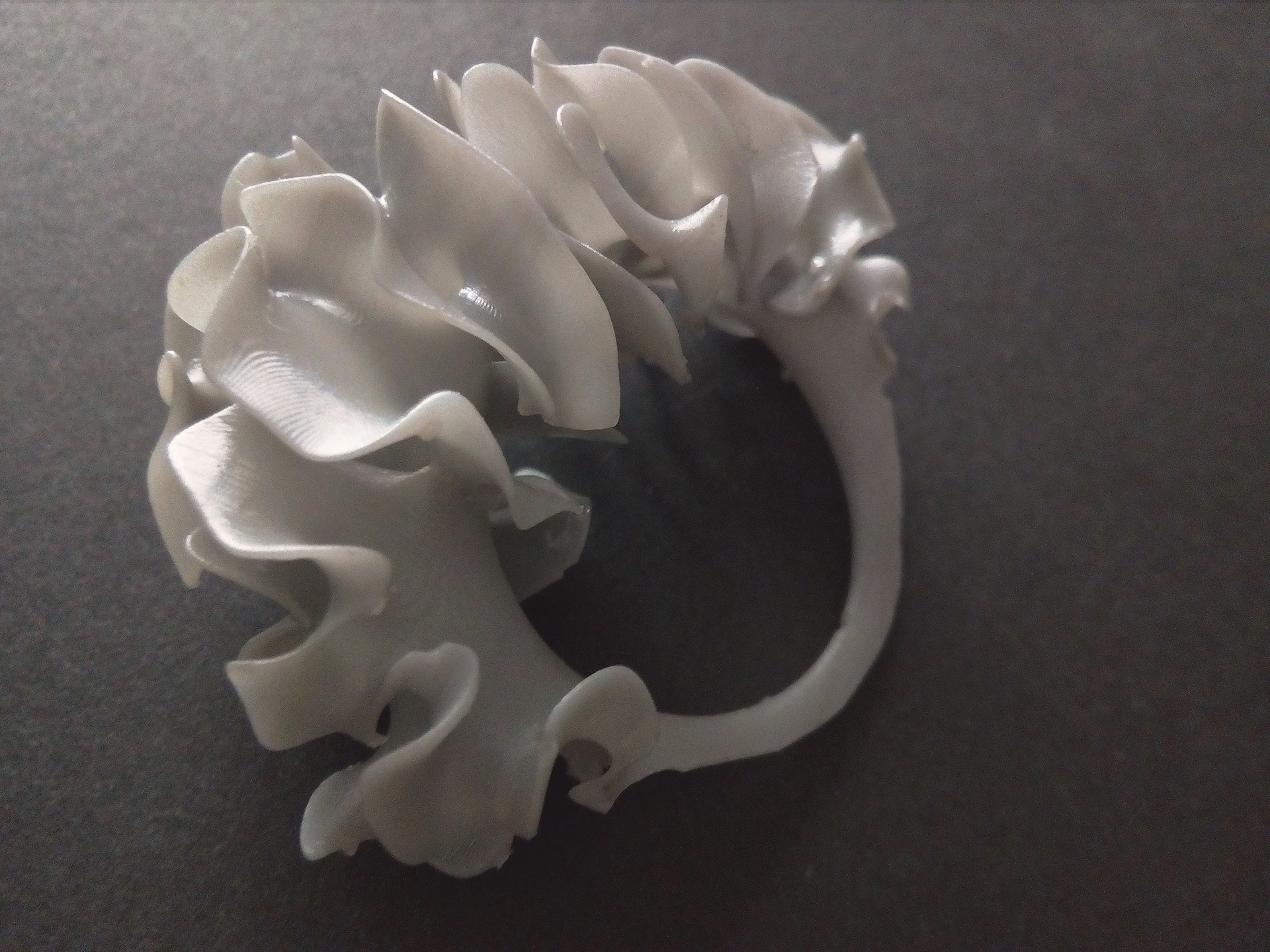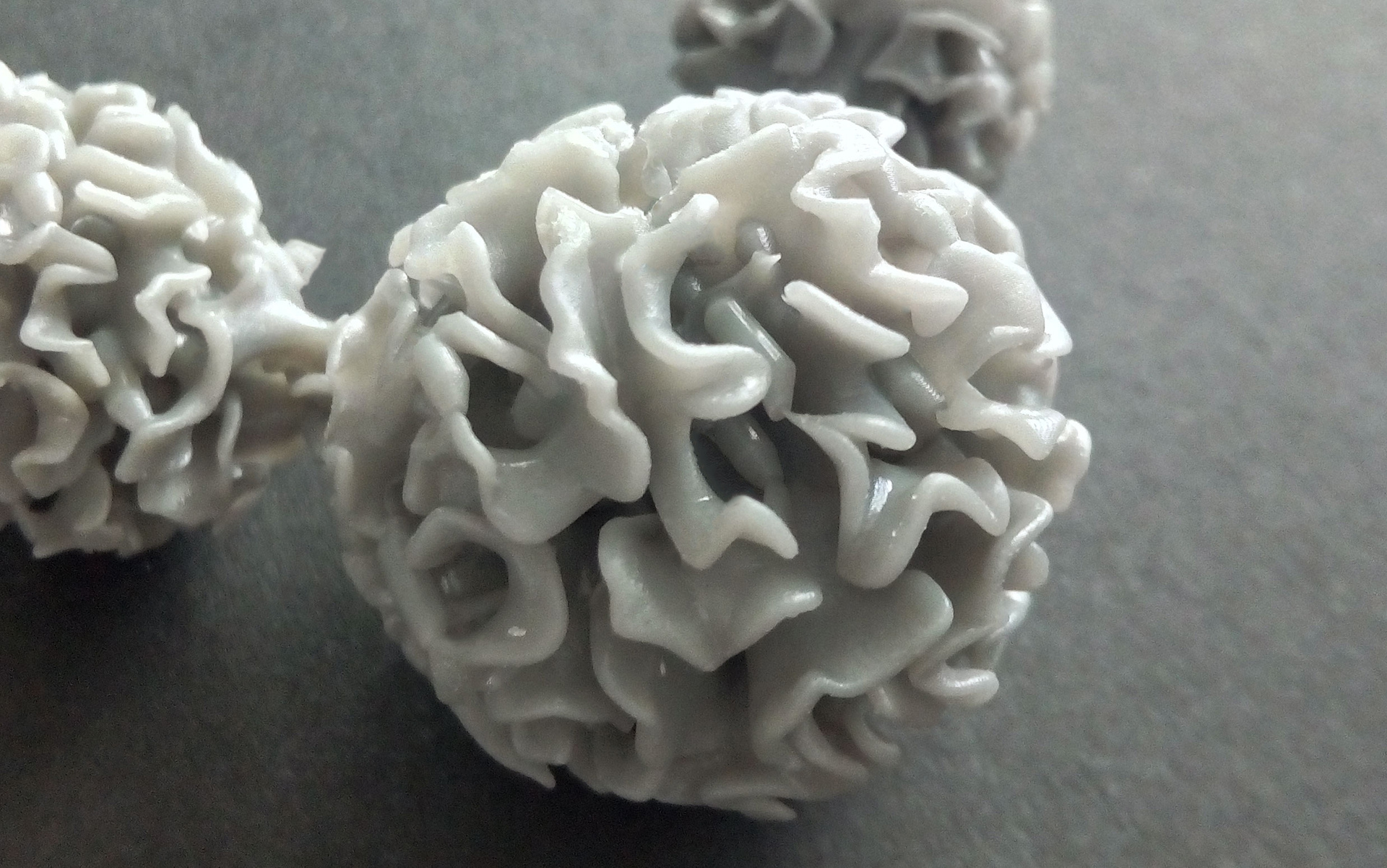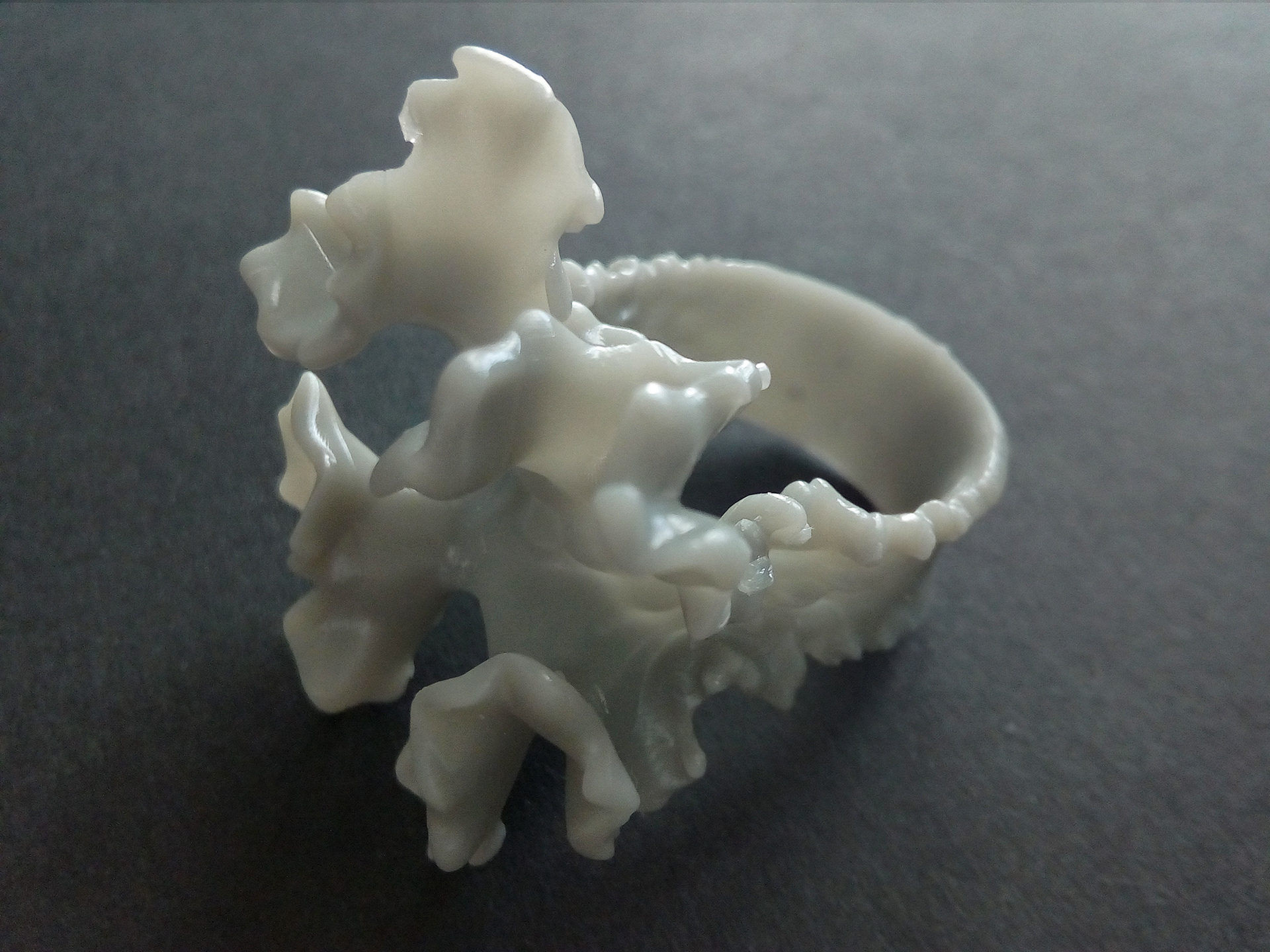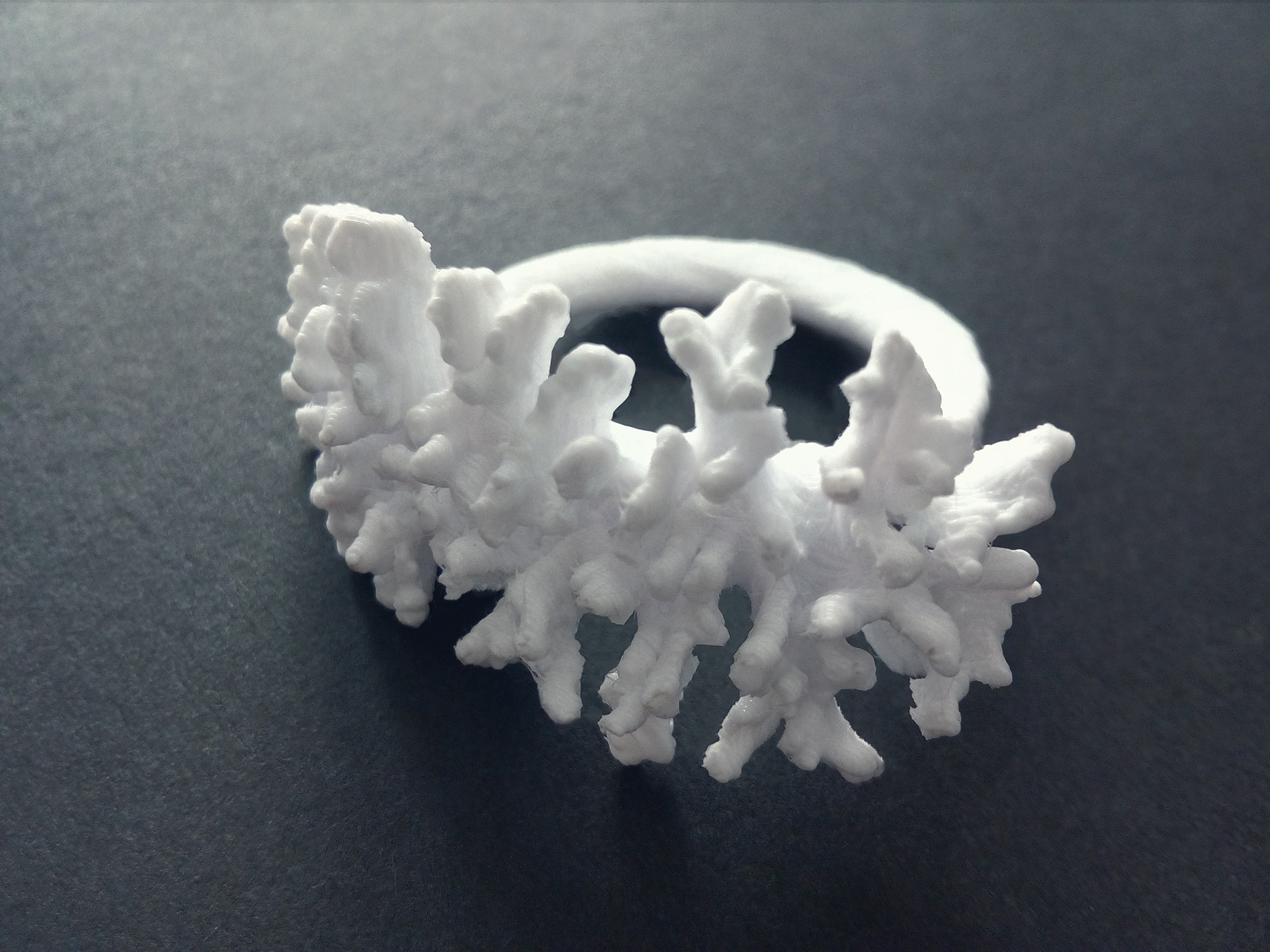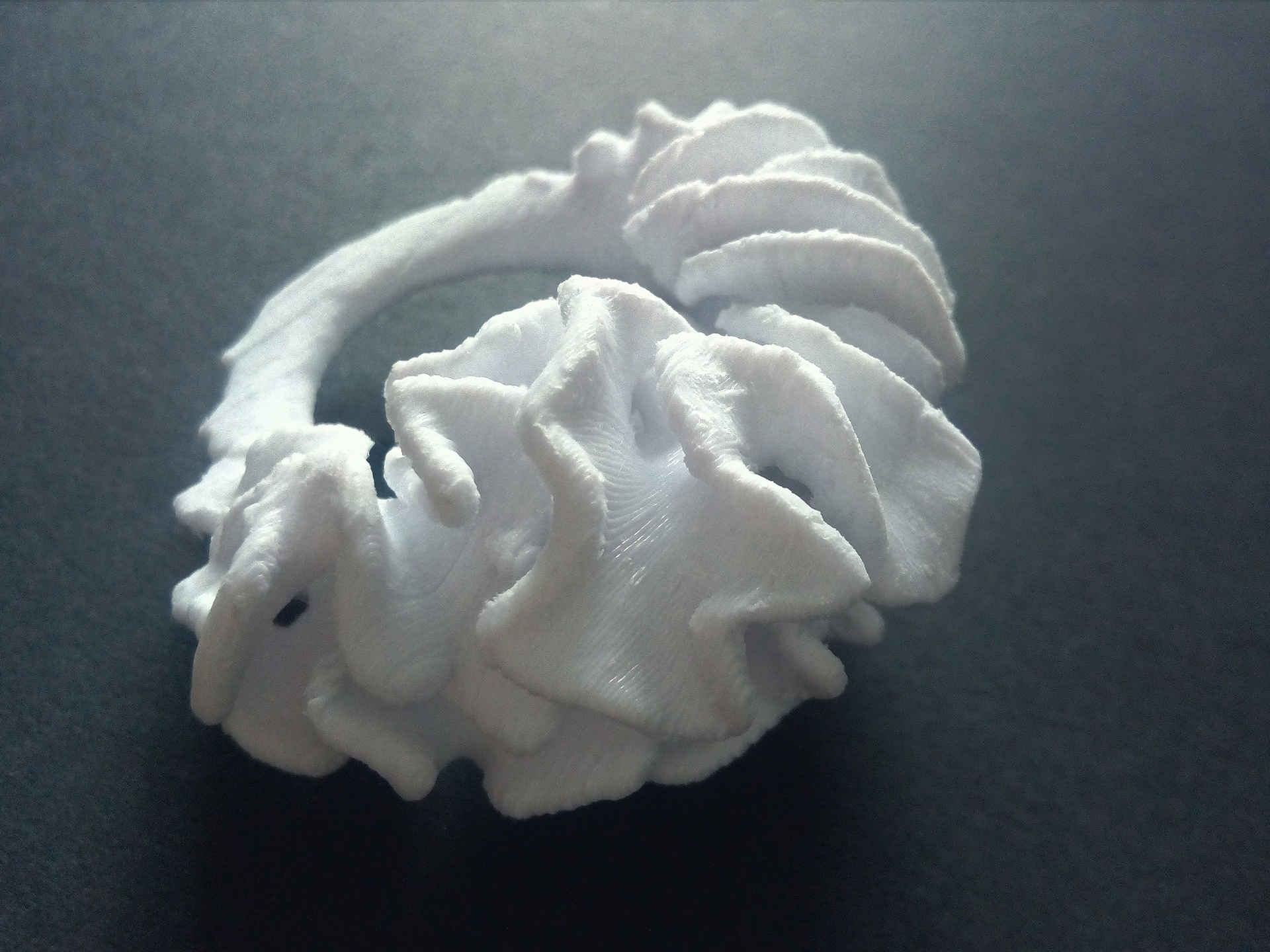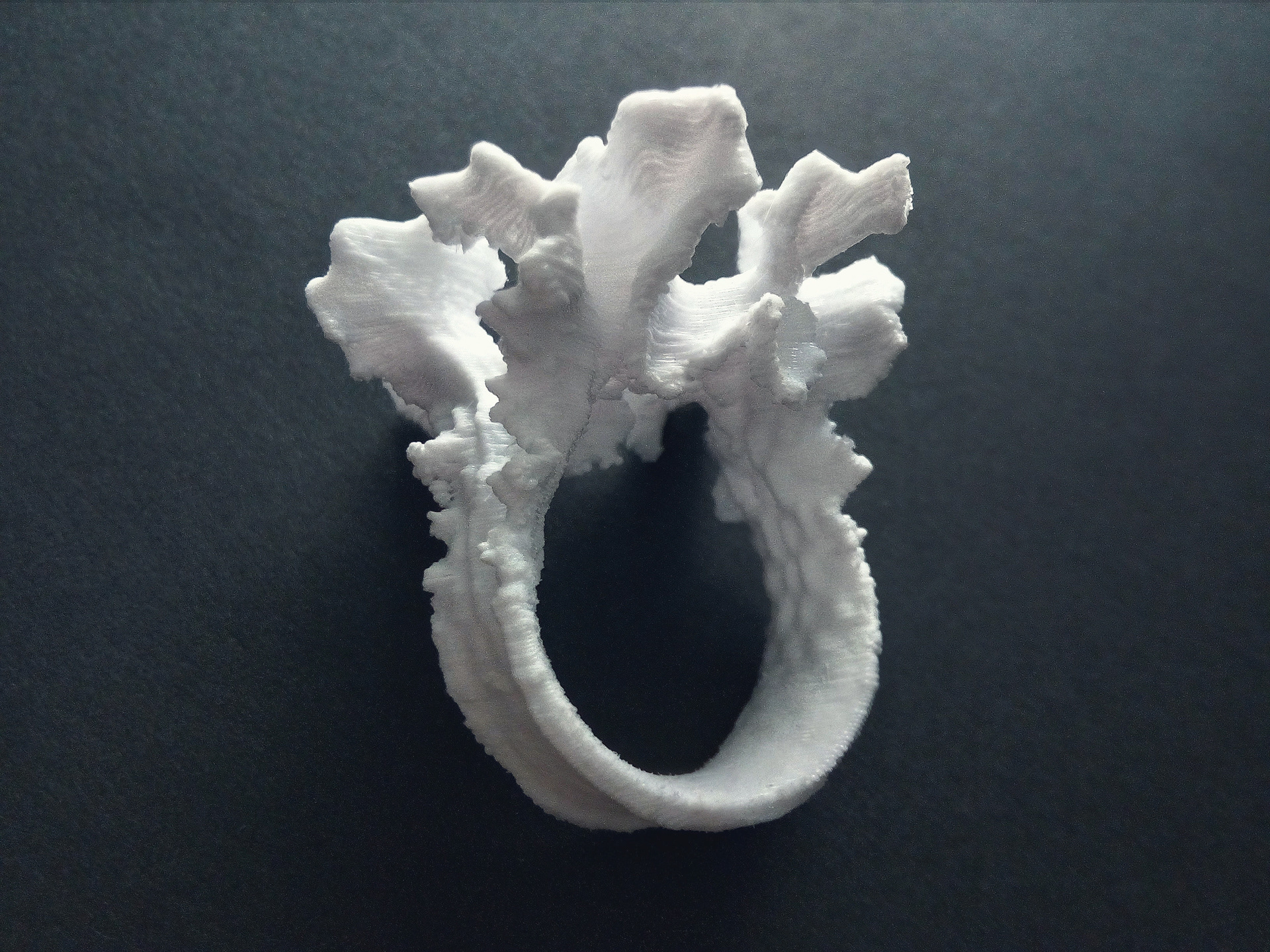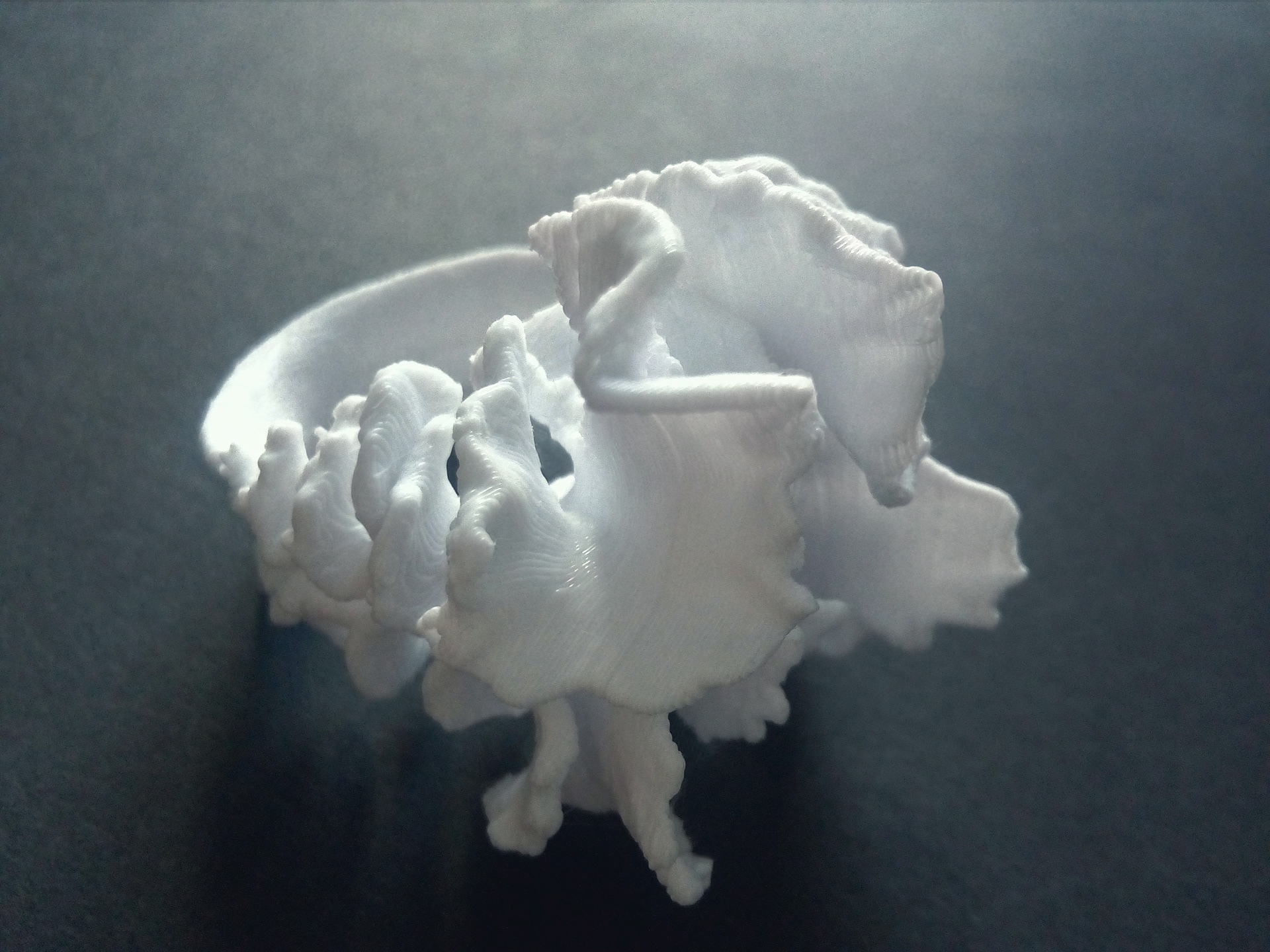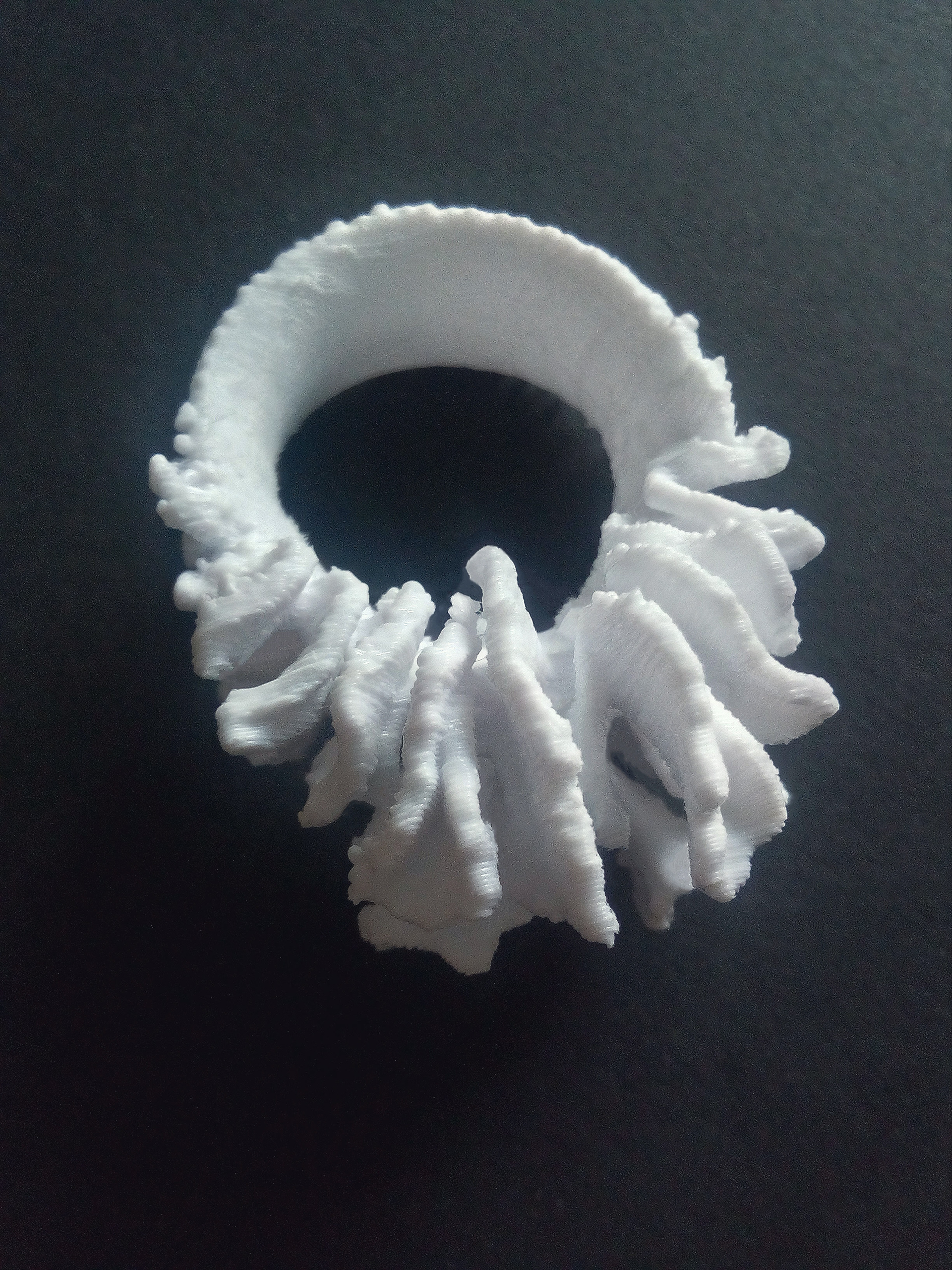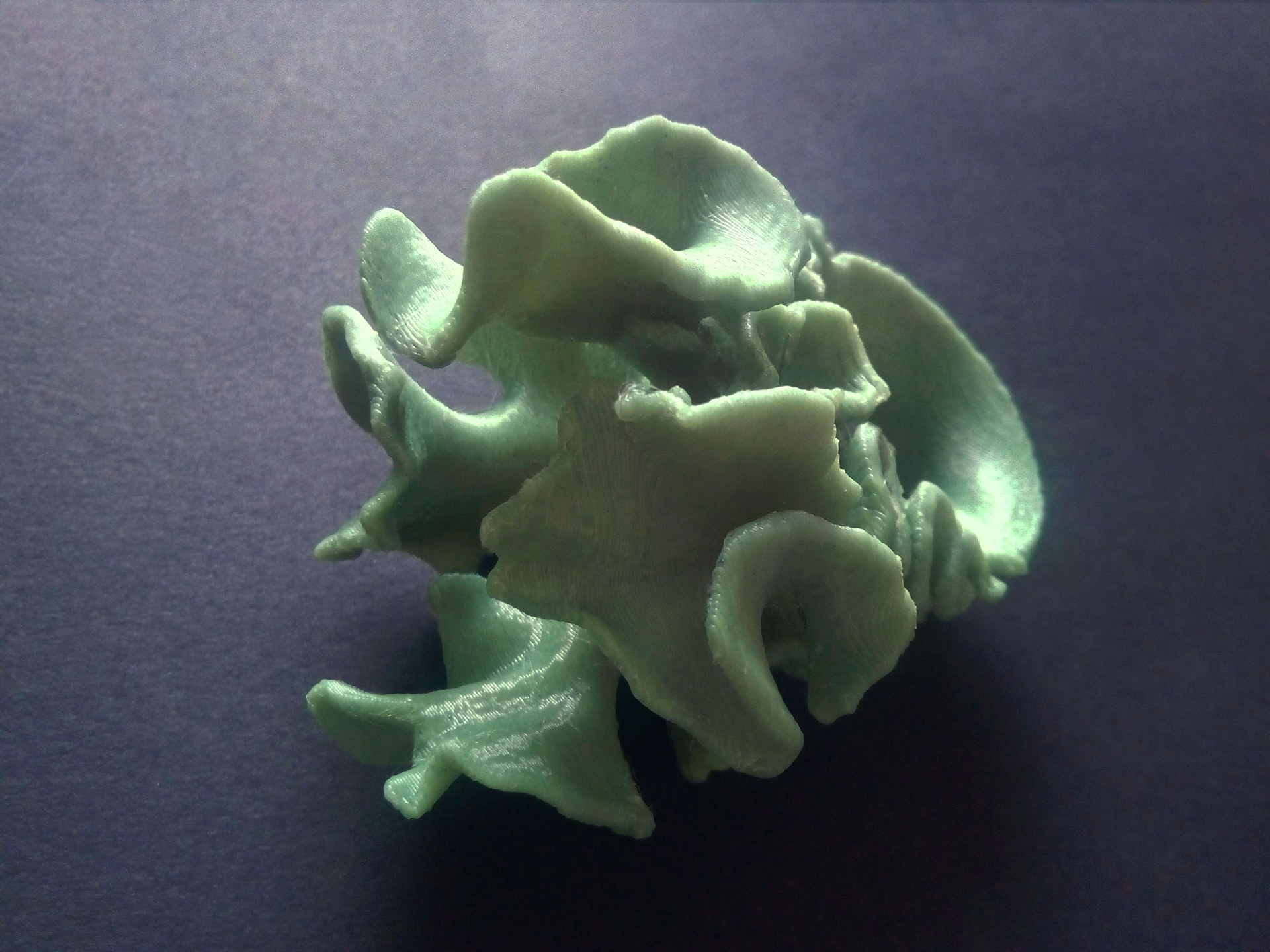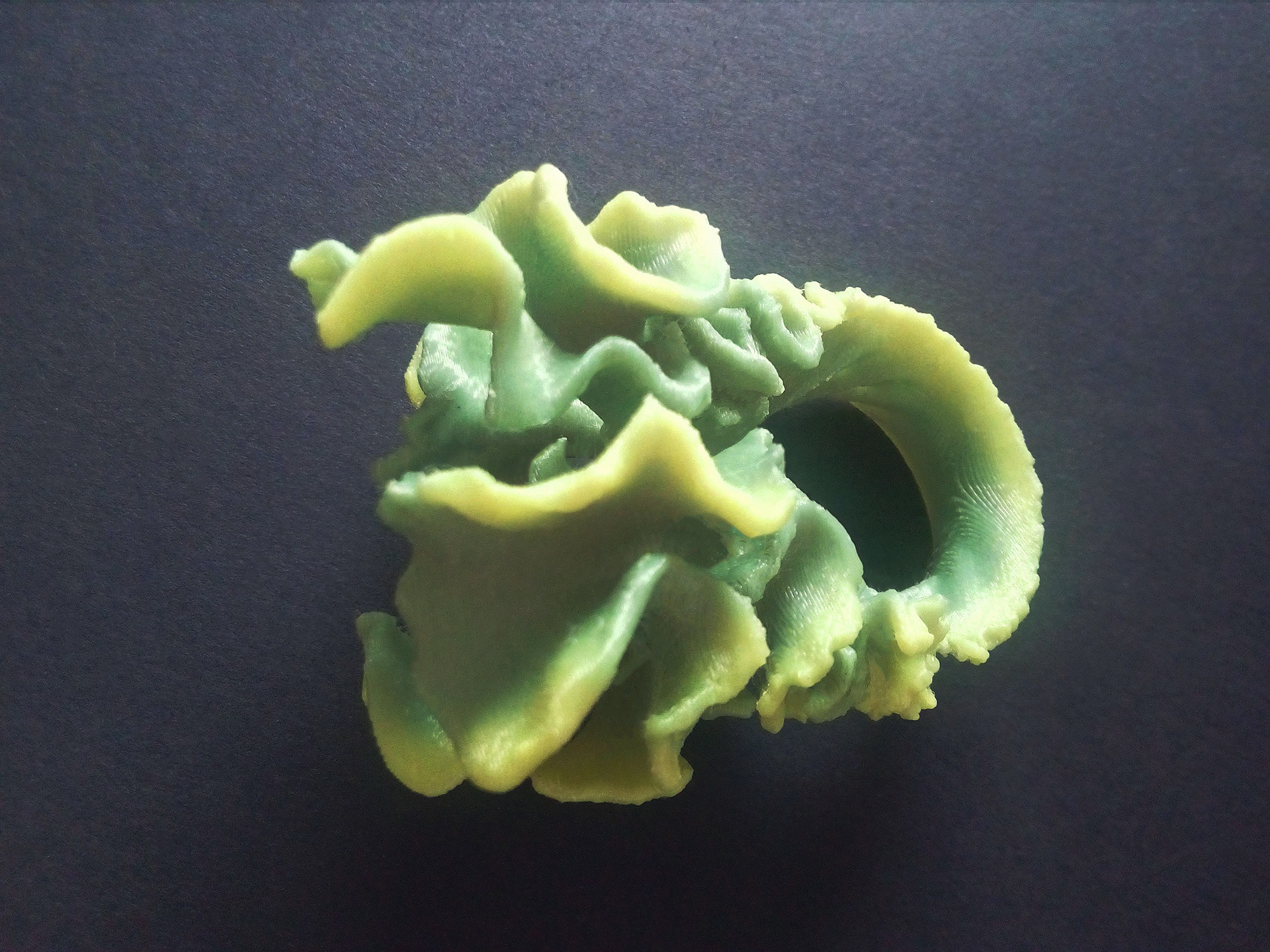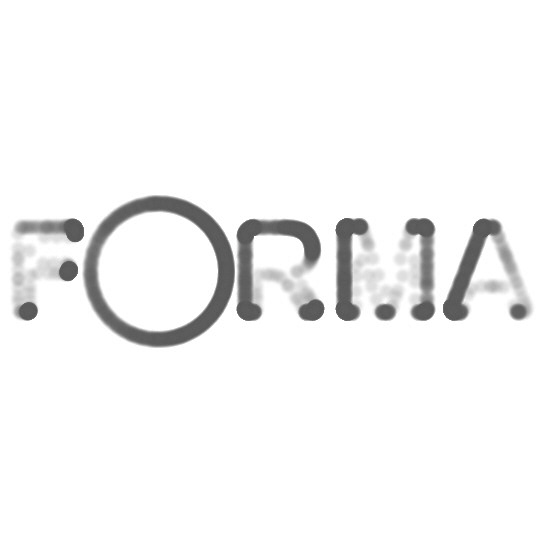This study was initiated by Andrei Padure from Digital Matters. It inspired me to dig more inside the growth process of hyperbolic geometry seen in nature, on land, and in oceans.
How does an organism go from a simple geometry of one cell to a highly differentiated geometry of billions of cells?
How does it grow? Some may say "by division and subdivision,"... But how?
Growth is not a uniform process, and as we see it, some parts grow more than other parts. It is a highly differentiated subdivision process with particular rules for each growth stage.
Natural growth cannot exclude external factors like heat, light, gravity, and humidity.
Scientists say rippled leaves are like surfaces growing differentially from their edge. That means the growth algorithm goes around this specific rule.
How does an organism go from a simple geometry of one cell to a highly differentiated geometry of billions of cells?
How does it grow? Some may say "by division and subdivision,"... But how?
Growth is not a uniform process, and as we see it, some parts grow more than other parts. It is a highly differentiated subdivision process with particular rules for each growth stage.
Natural growth cannot exclude external factors like heat, light, gravity, and humidity.
Scientists say rippled leaves are like surfaces growing differentially from their edge. That means the growth algorithm goes around this specific rule.
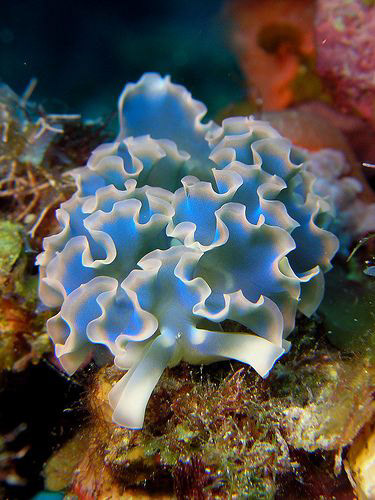

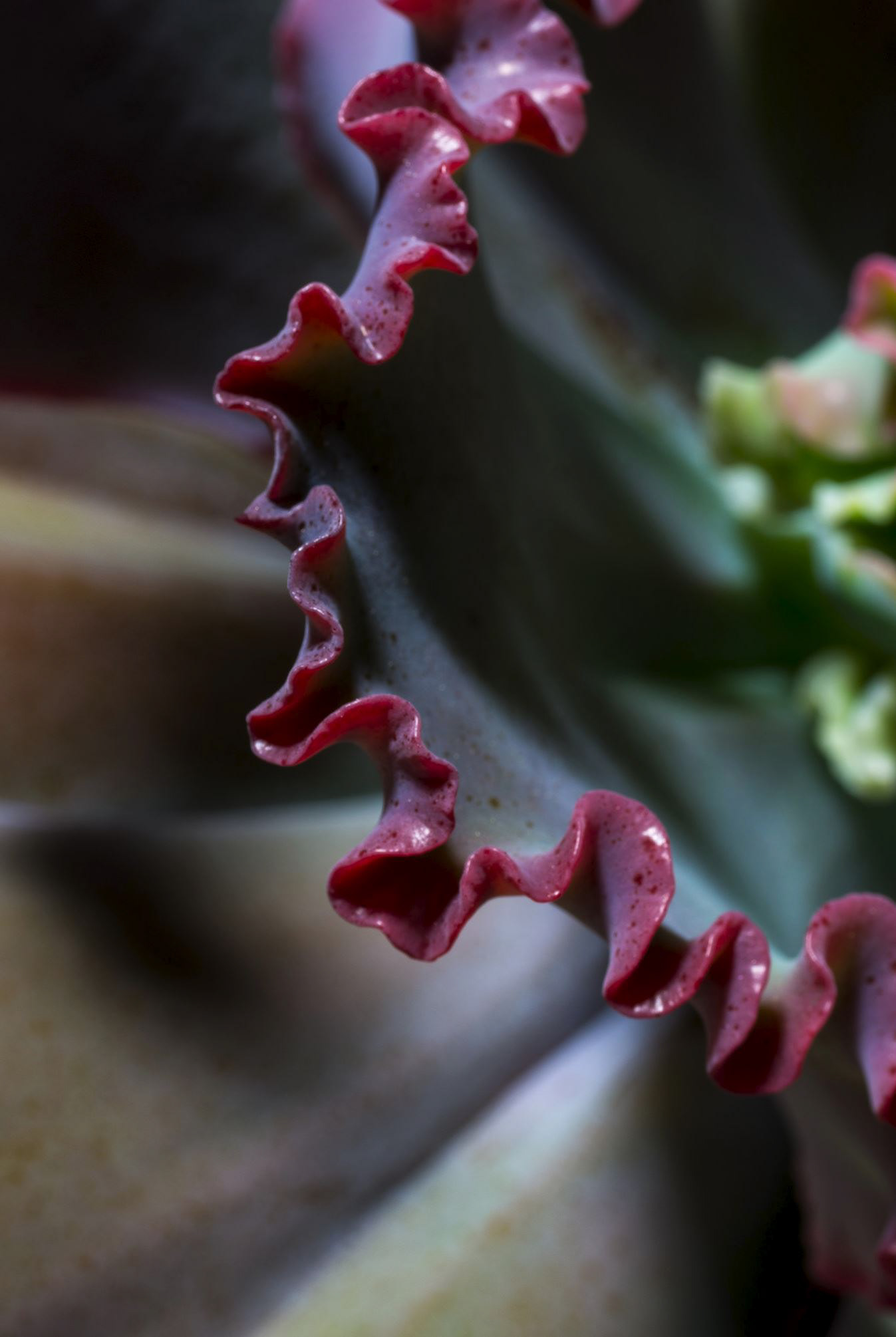
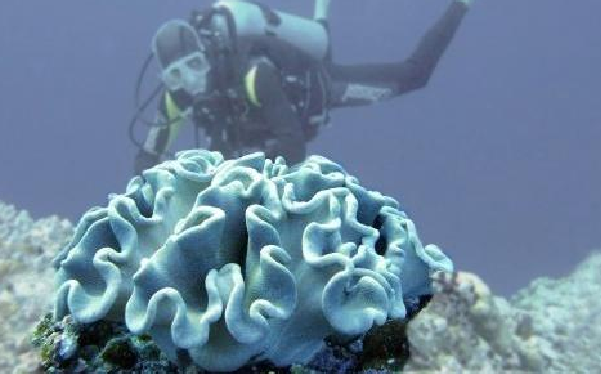

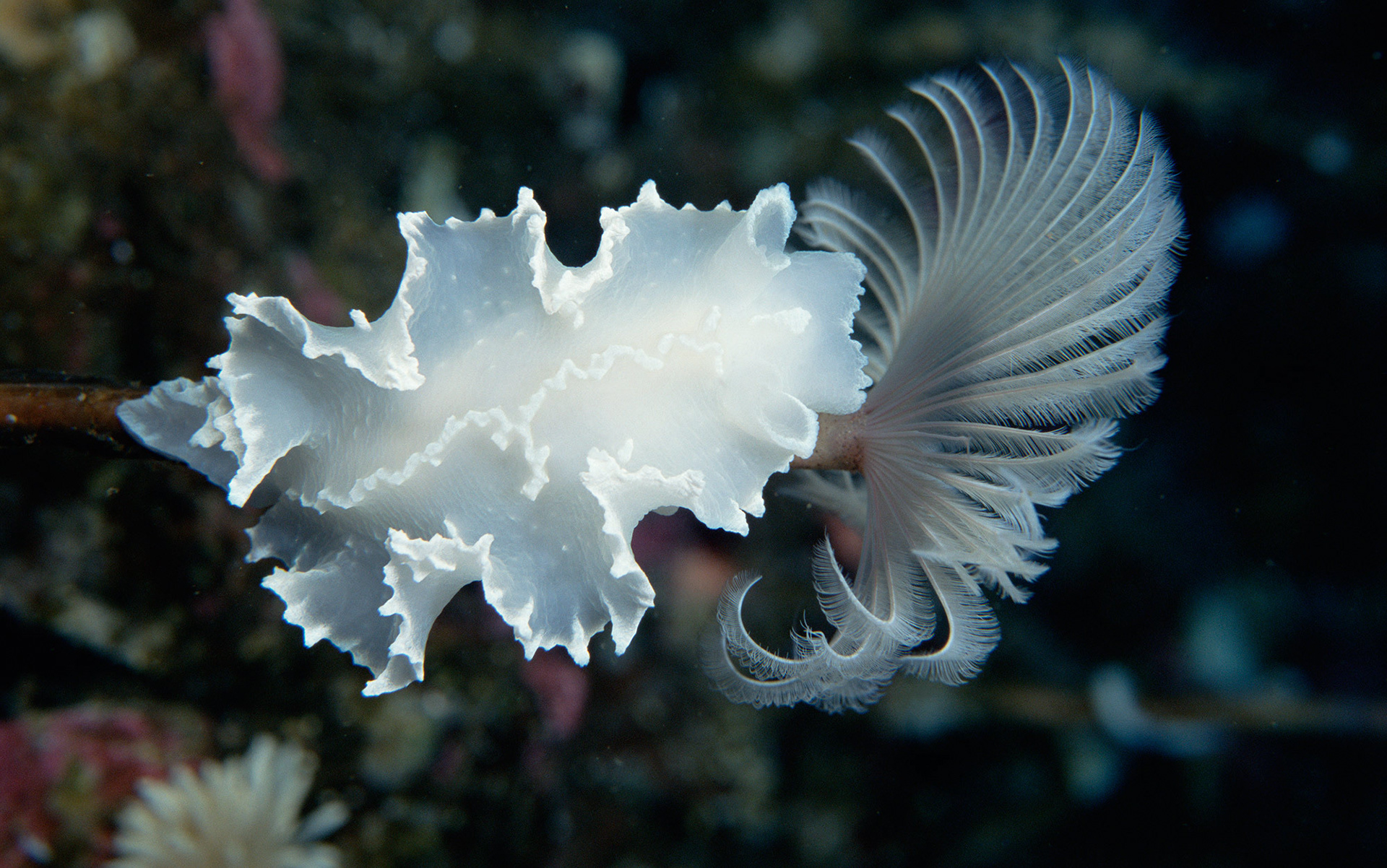
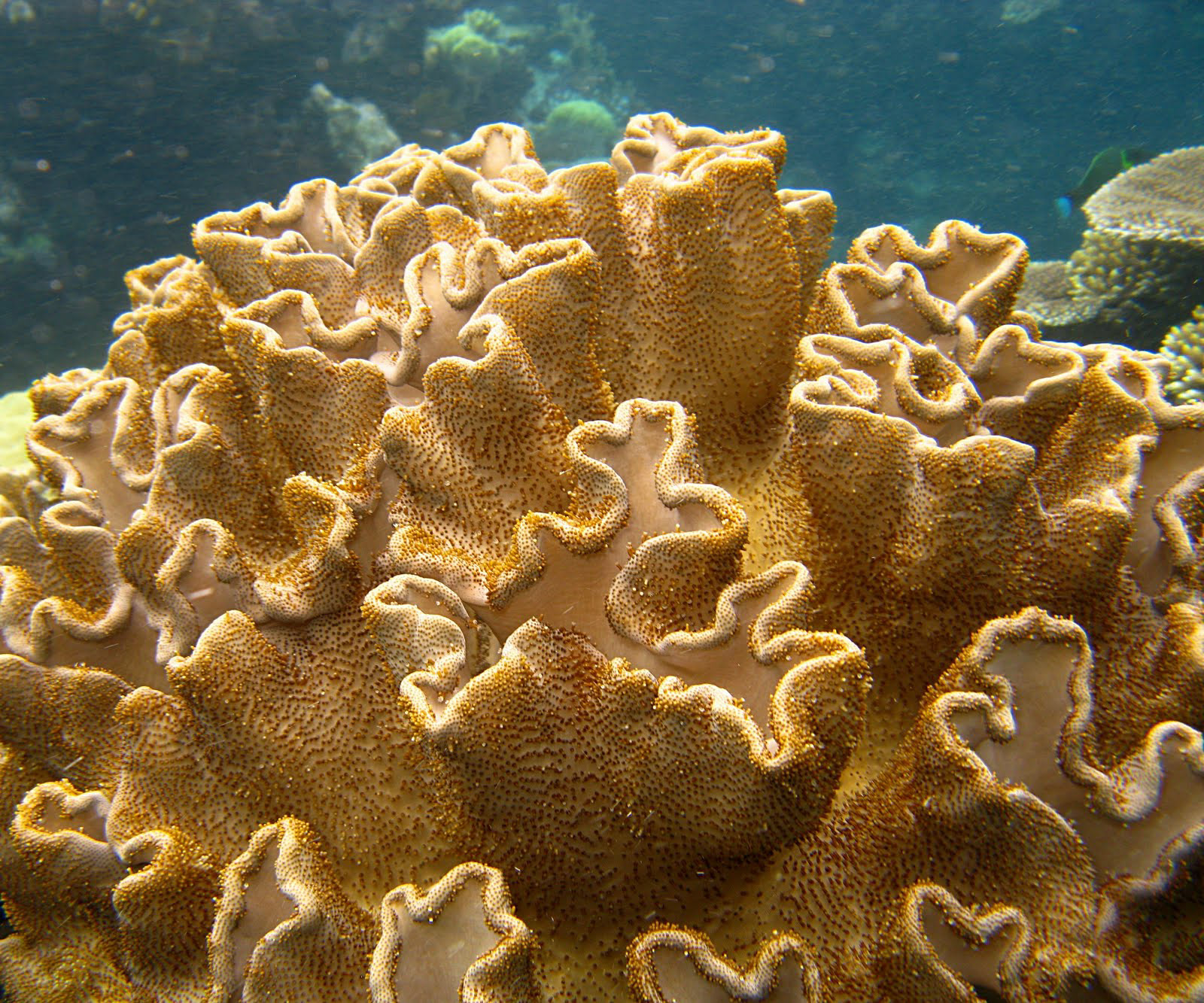
The growth simulation used Grasshopper basic, Anemone for the iterative process, and Weaverbird for refining the final shape (mesh). The script has two distinct parts:
1. The first step in the growth process is to double the number of vertices for each loop and move them outside the initial geometry (simulating the cell division from the natural environment).
2. The second part performs the collision check (avoid neighbor leaves!), calculating the forces from each vertex to its neighbors. All forces are added, and the mean force moves the vertices outside. The attractor or any other exterior factor (solar and radiation analysis, gravity, wind, humidity ) can also add values to the initial set of forces feeding and differentiating the growth process.
1. The first step in the growth process is to double the number of vertices for each loop and move them outside the initial geometry (simulating the cell division from the natural environment).
2. The second part performs the collision check (avoid neighbor leaves!), calculating the forces from each vertex to its neighbors. All forces are added, and the mean force moves the vertices outside. The attractor or any other exterior factor (solar and radiation analysis, gravity, wind, humidity ) can also add values to the initial set of forces feeding and differentiating the growth process.
Below there are two different types of growth. For each case, one attractor was used to choose which part grows more than the other.
A. The growth with a small length segment and highly iterated.
A. The growth with a small length segment and highly iterated.
B. The growth with a bigger length segment and a small number of iterations.
Growth stages:
Straight vs. twisted outline.
Highly differentiated growth results by making small adjustments inside the algorithm:
Wind simulations integrated in the design process, using Firefly and Kangaroo Physics Engine:
3D Printed tests were made in different materials like simple white PLA, changing by temperature PLA and standard resin to analyze the relationship between geometry and material properties.
The geometries were 3d printed by 3D MINI ME, Cluj-Napoca, Romania. www.3dminime.ro
